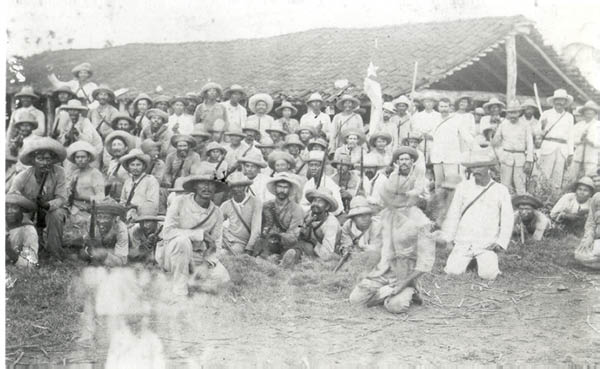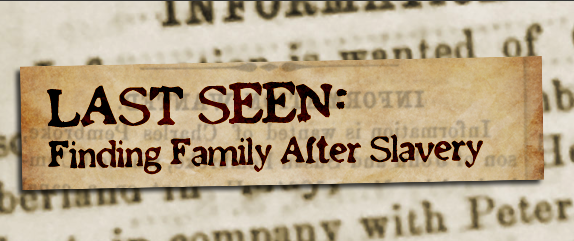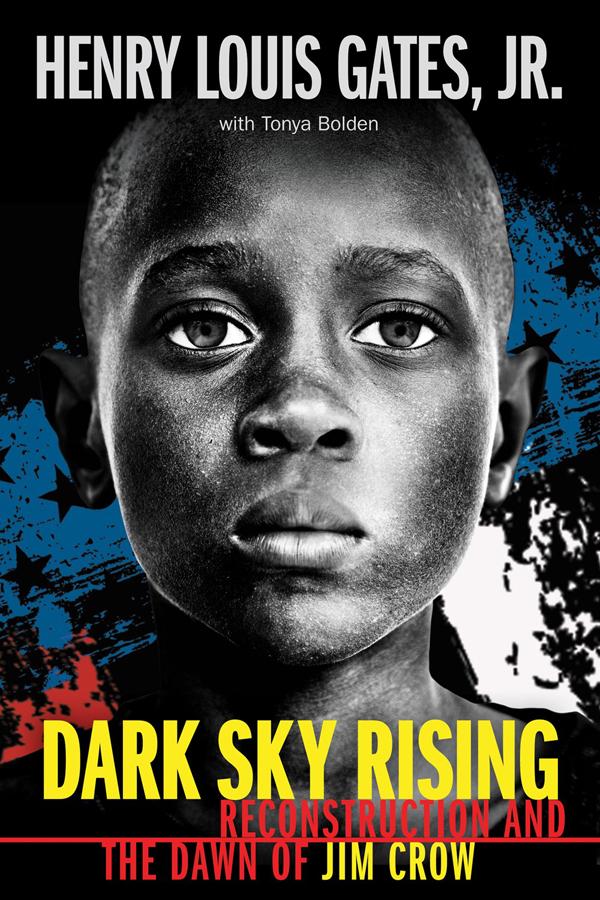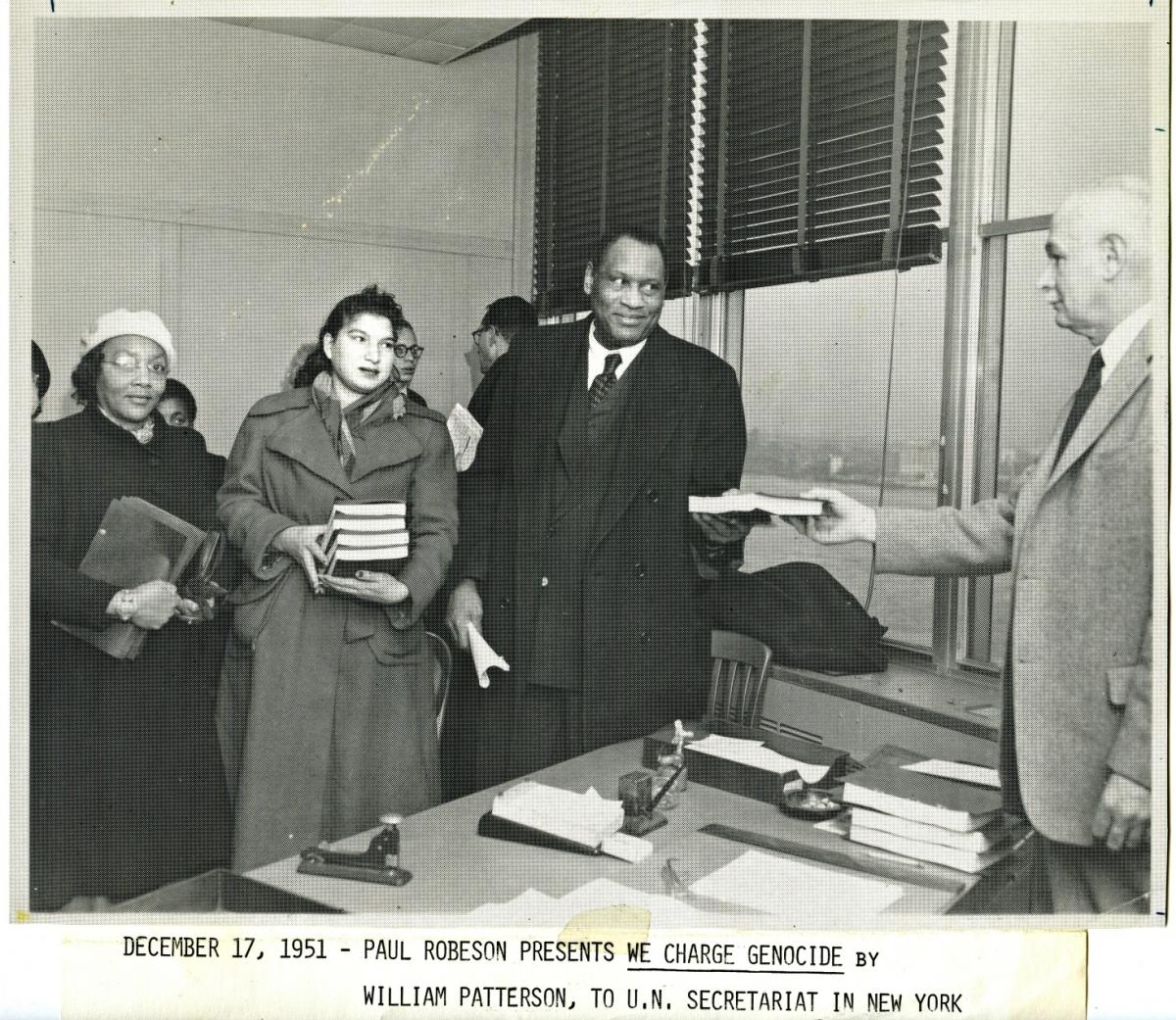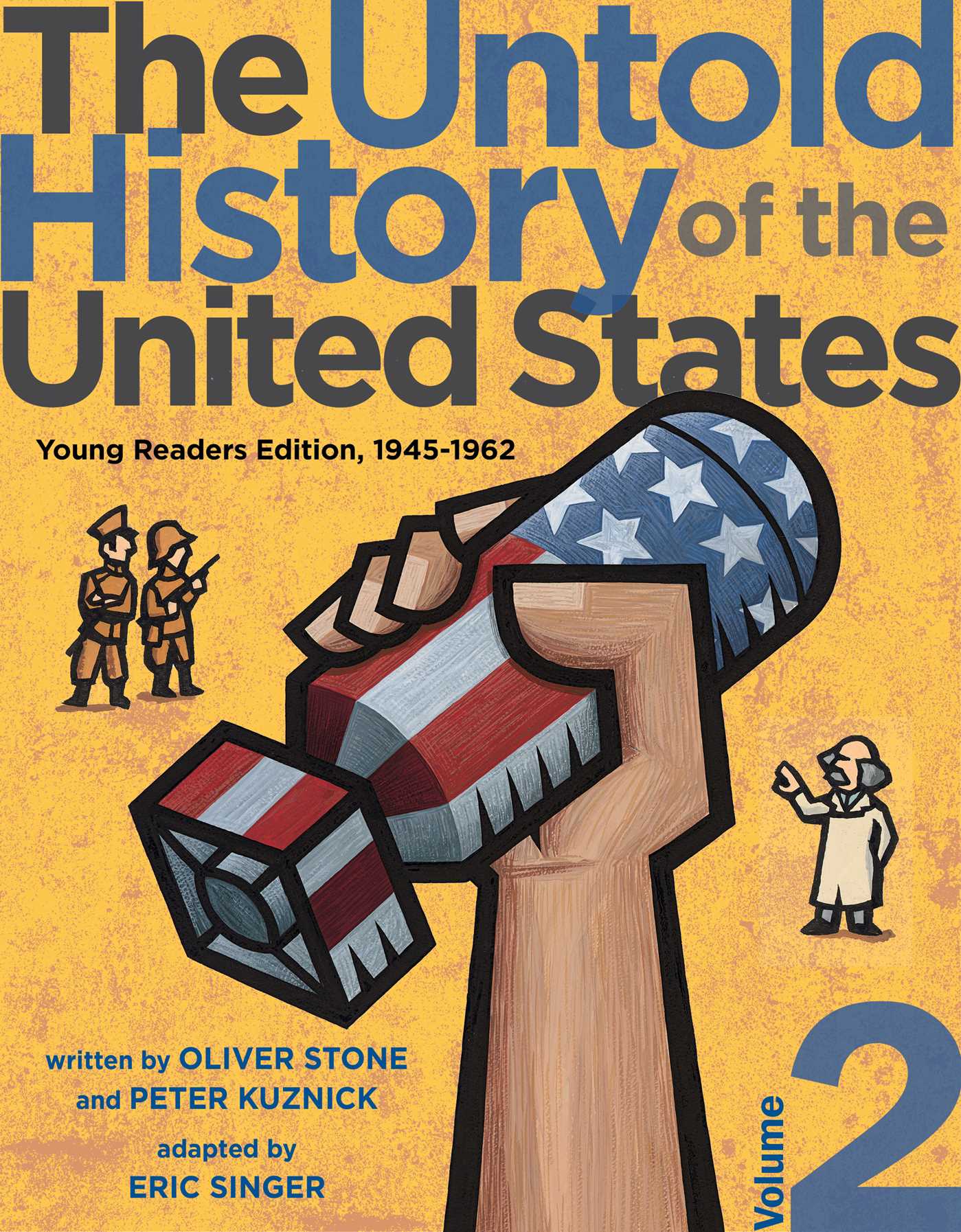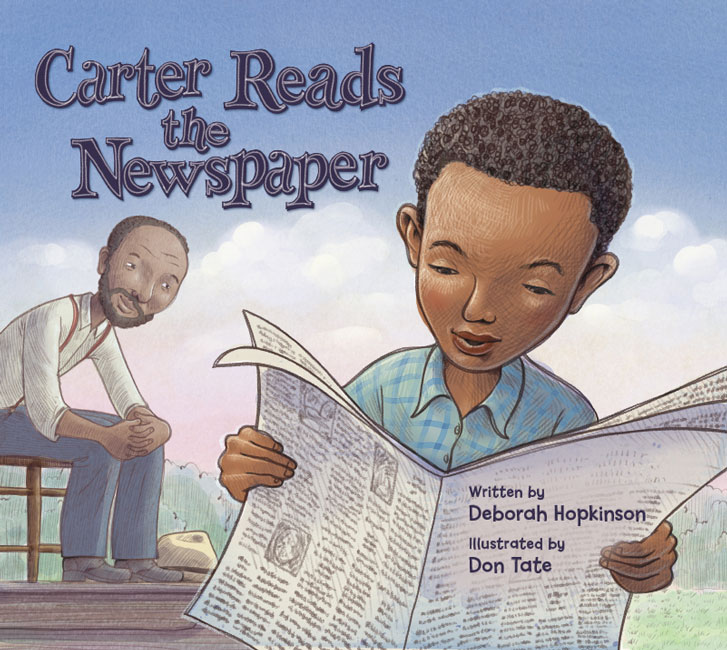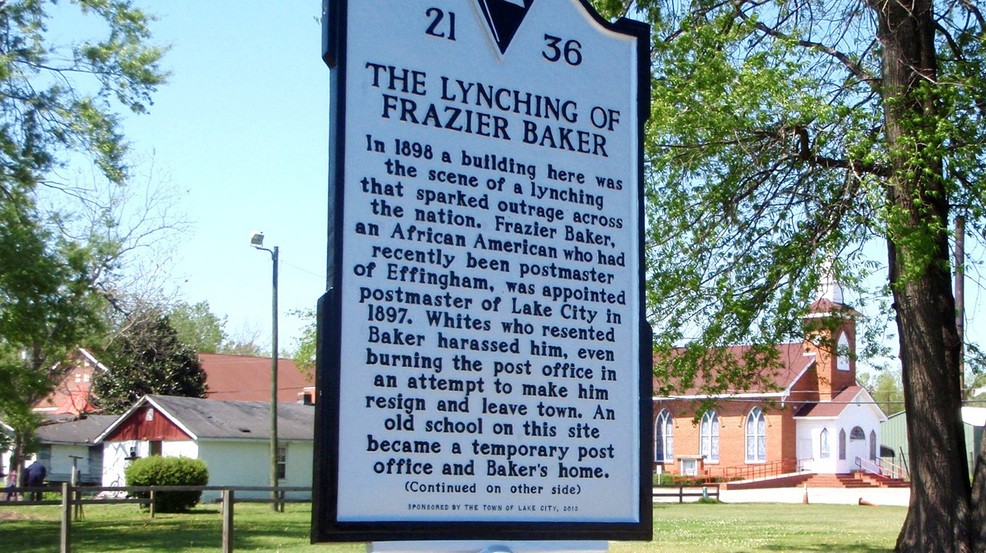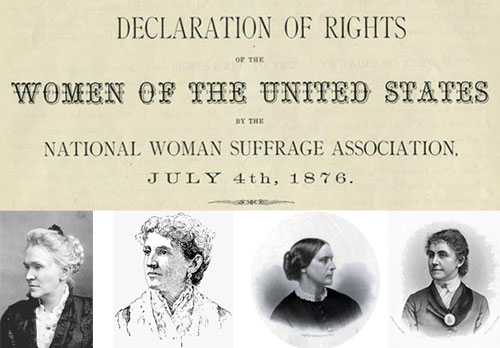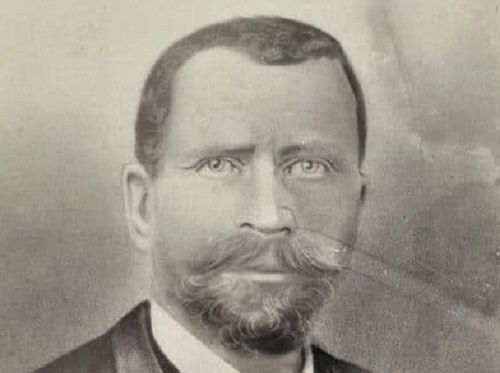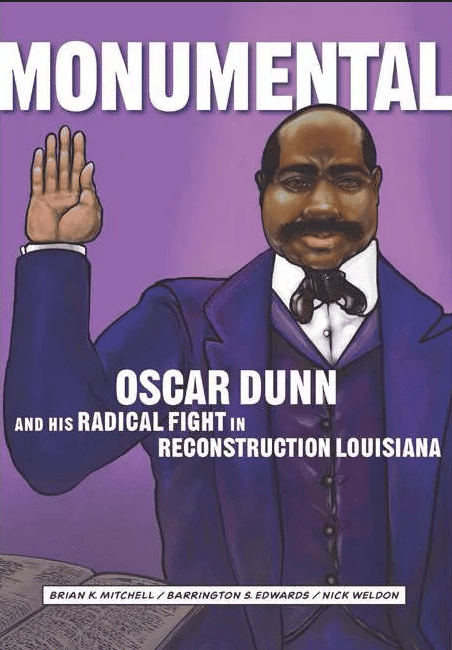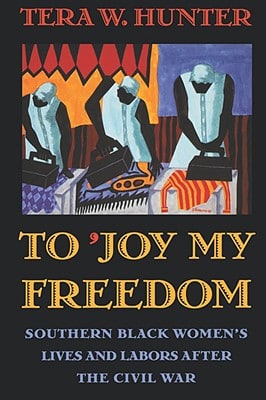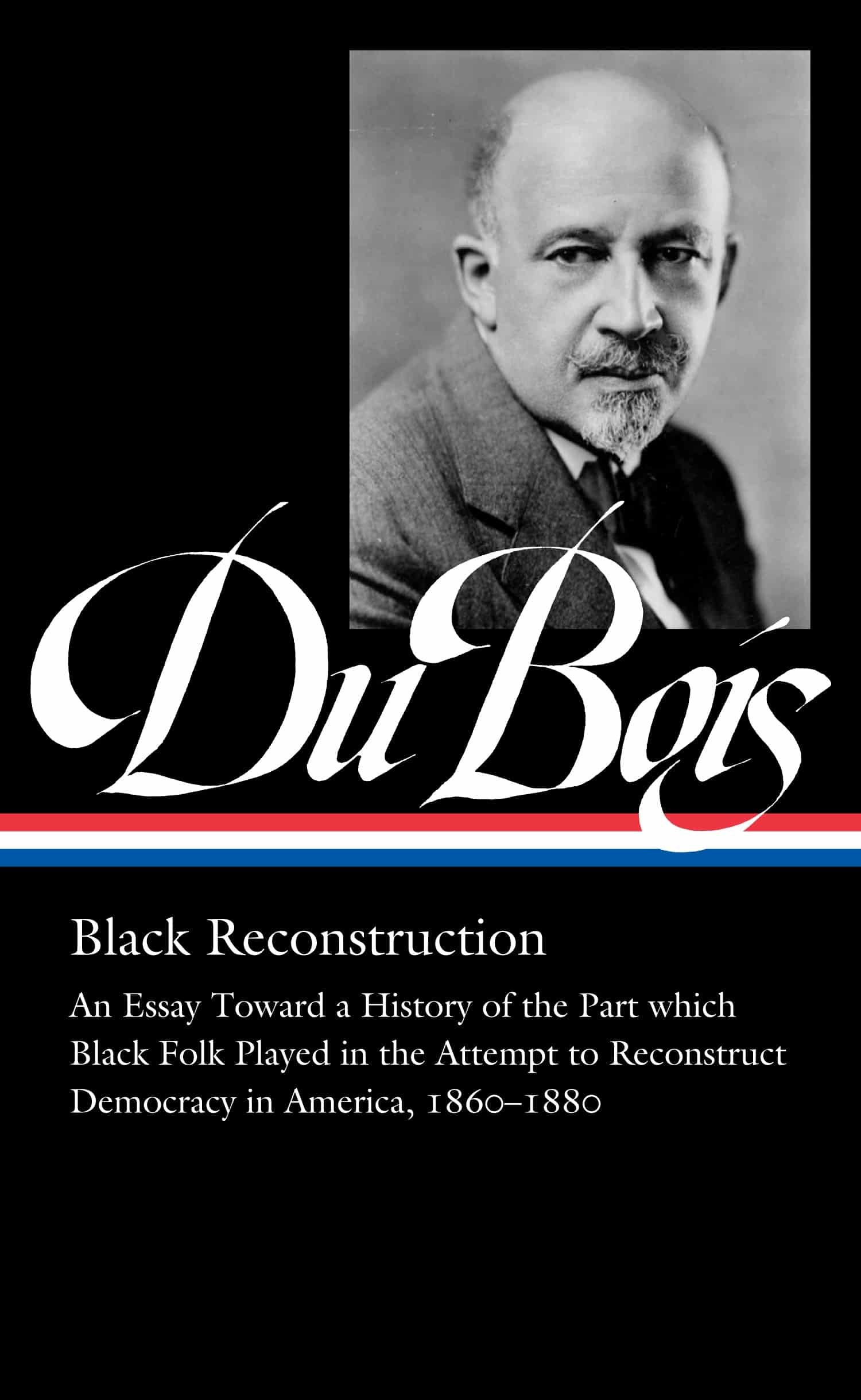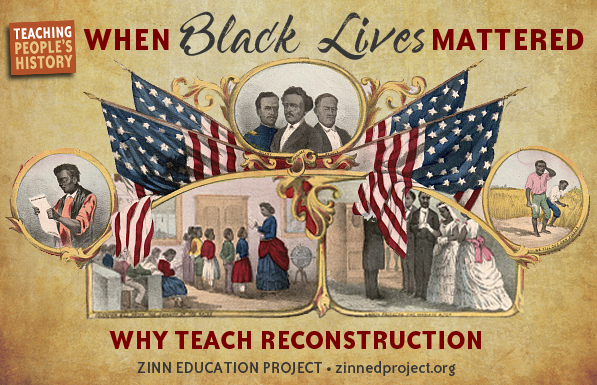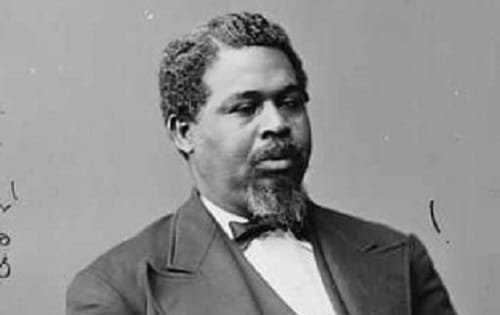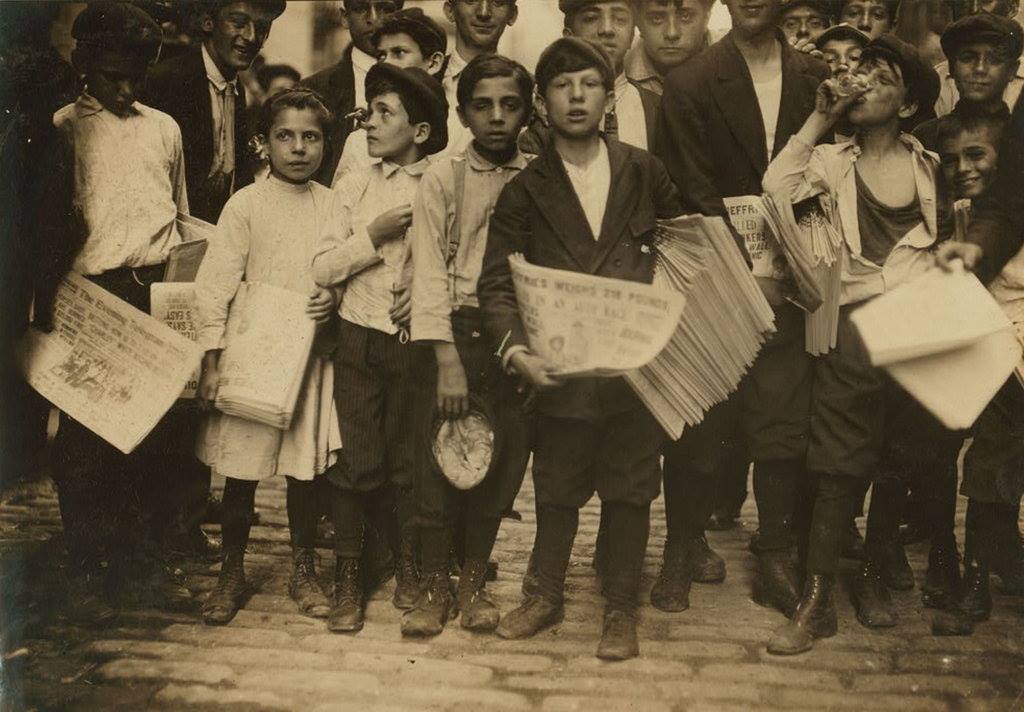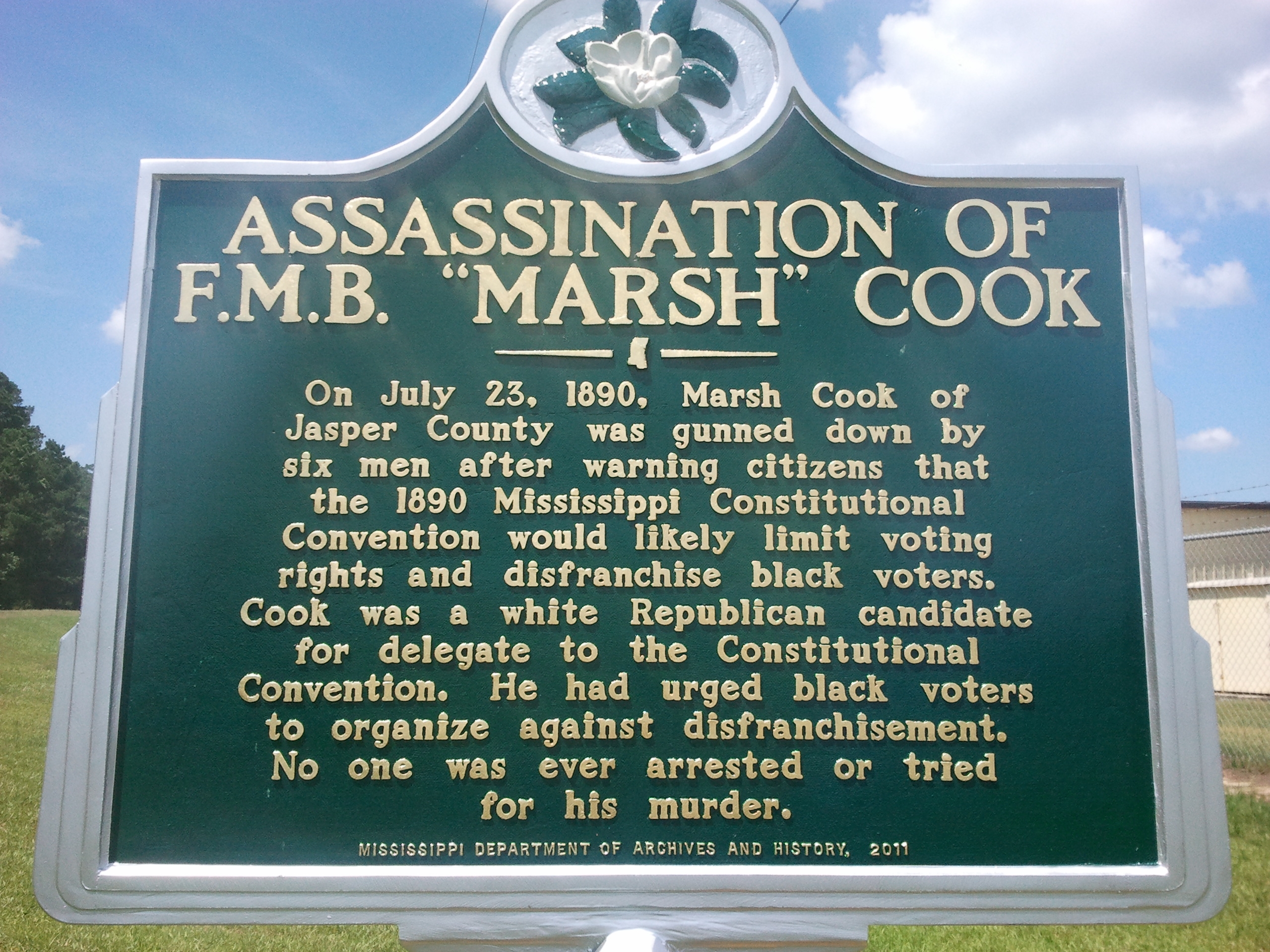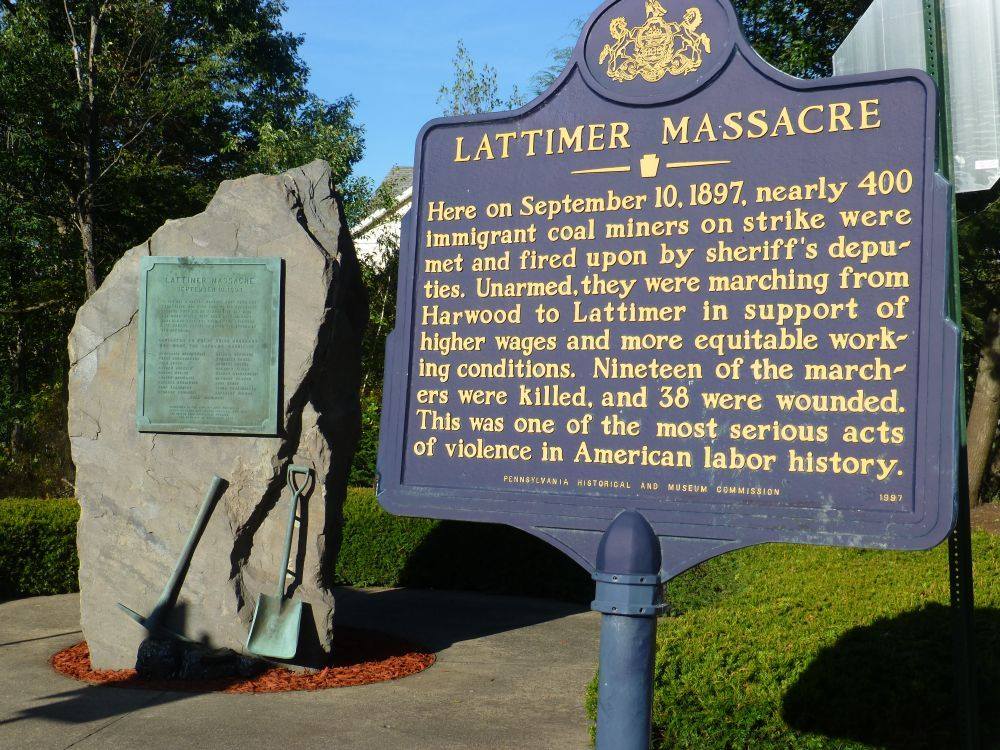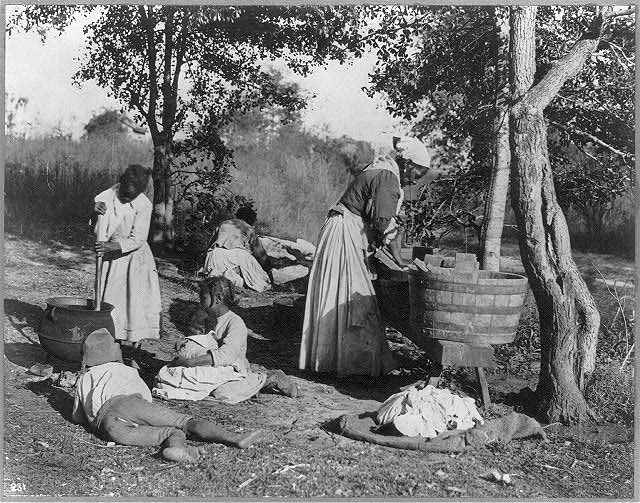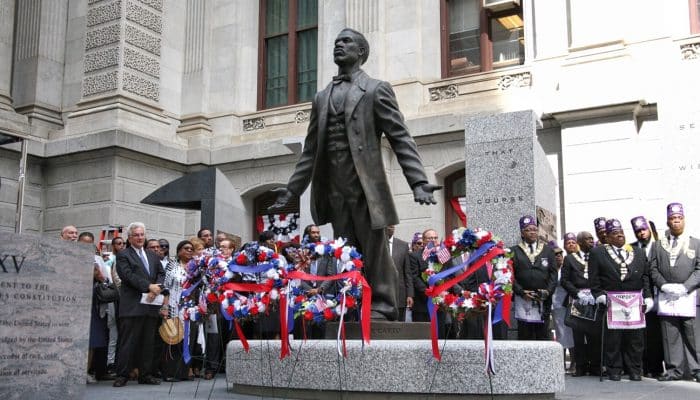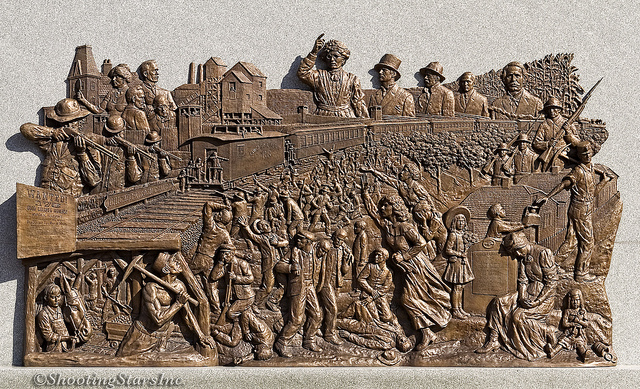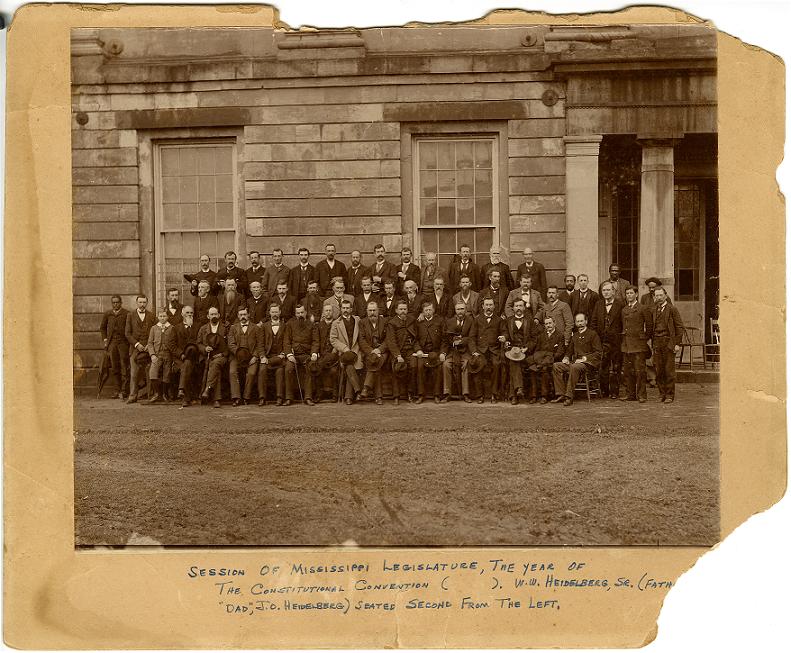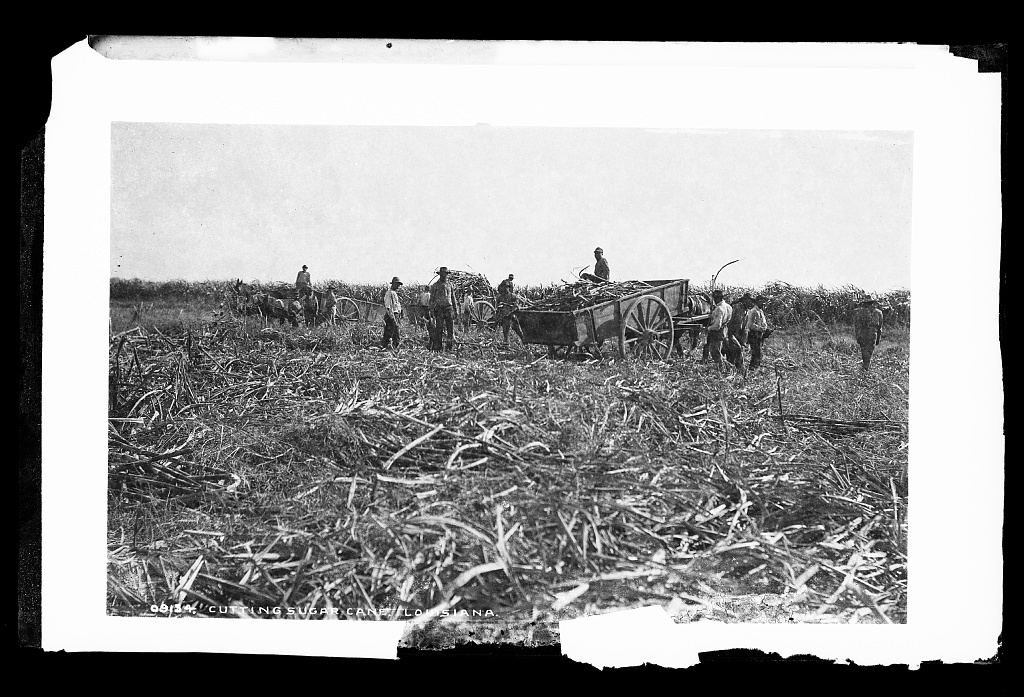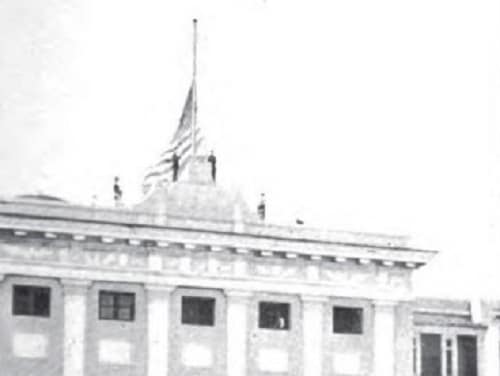The Treaty of Paris was signed, ending the Spanish-American War. None of the countries that had fought for decades for their freedom were represented at signing of the treaty.
Continue reading
During the Reconstruction Era, people emancipated from slavery searched for their loved ones throughout the United States and Canada. They often used "last seen" ads. This is one case of successful reunification.
Continue reading
Book — Non-fiction. By Henry Louis Gates Jr. with Tonya Bolden. 2019. 240 pages.
Readers trace the rise and fall of racial equity during Reconstruction as increasingly violent white supremacy and new forms of oppression take hold at the turn of the 20th century.
Continue reading
Paul Robeson was one of the most important figures of the 20th century. He was a “renaissance man” — an acclaimed athlete, actor, singer, cultural scholar, author, lawyer, and internationally-renowned political activist.
Continue reading
Book — Non-fiction. By Oliver Stone and Peter Kuznick. Adapted by Susan Campbell Bartoletti and Eric S. Singer. Vol 1. 2014. 400 pages. Vol 2. 2019. 320 pages.
These are two volumes of illustrated histories, adapted for students from a documentary book and film of the same name.
Continue reading
Picture book. By Deborah Hopkinson. Illustrated by Don Tate. 2019. 36 pages.
This picture book chronicles the young life of Dr. Carter G. Woodson, an Appalachian-born Harvard scholar and advocate for African American history. He founded Negro History Week in 1926 (which grew into Black History Month), the Association for the Study of African American Life and History (ASALH), and the Journal of Negro History.
Continue reading
Frazier Baker, first Black postmaster in South Carolina, and his baby daughter were shot and killed when they attempted to flee their burning home.
Continue reading
Members of the National Woman Suffrage Association crashed the Centennial Celebration at Independence Hall in Philadelphia, Pennsylvania, to present the “Declaration of the Rights of Women.”
Continue reading
Walter H. Williams was the first Black teacher appointed to a Freedmen’s Bureau School in Lafayette Parish, Louisiana during Reconstruction.
Continue reading
Book — Non-fiction. By Kidada Williams. 2012. 281 pages.
This book documents African Americans' testimonies about racial violence during Jim Crow, and the crusades against that violence that became political training grounds for the Civil Rights Movement.
Continue reading
Book — Non-fiction. By Brian K. Mitchell, Barrington S. Edwards, and Nick Weldon. 2021. 256 pages.
This Reconstruction history graphic novel tells the story of Oscar James Dunn, a New Orleanian who became the first Black lieutenant governor and acting governor in the United States.
Continue reading
Book — Non-fiction. By Tera W. Hunter. 1998.
An examination of post-Civil War lives of African American women, focusing on their labor organizing, leisure, hope, and struggle.
Continue reading
Book — Fiction. By Tim Tingle. 2014. 326 pages.
A young girl's story of growing up in Indian Territory in pre-statehood Oklahoma.
Continue reading
Book — Non-fiction. By W. E. B. Du Bois. Edited by Eric Foner and Henry Louis Gates. 2021. 1097 pages.
Originally published in 1935, Du Bois’ Black Reconstruction was the first book to challenge the prevailing racist historical narrative of the era and in sharp, incisive prose, tell the story of the Civil War and Reconstruction from the perspective of African Americans.
Continue reading
The South Carolina Constitutional Convention convened to disenfranchise Black voters.
Continue reading
F. M. B. “Marsh” Cook, a white man, was killed for standing up against the white supremacist 1890 Mississippi Constitutional Convention.
Continue reading
Nineteen mineworkers were killed and dozens were wounded in the Lattimer Massacre.
Continue reading
Black women in Atlanta who washed clothes for a living organized an effective Reconstruction era strike — with clear demands, strategic timing, and door-to-door canvassing.
Continue reading
Philadelphia, Pennsylvania Black educator, baseball player, and civil rights activist Octavius V. Catto was murdered by a white supremacist on election day.
Continue reading
A small band of striking coal miners in southern Illinois called out Chicago coal barons and stood their ground at Virden.
Continue reading
Mississippi adopted a state constitution with poll tax and literacy tests to roll back the gains of the Reconstruction era.
Continue reading
Between 30-60 striking Black Louisiana sugarcane workers were massacred.
Continue reading

